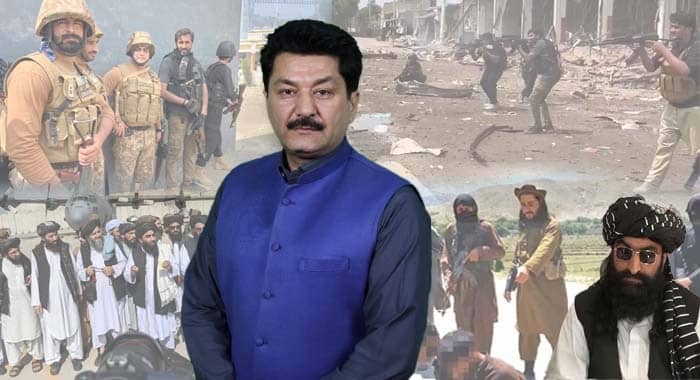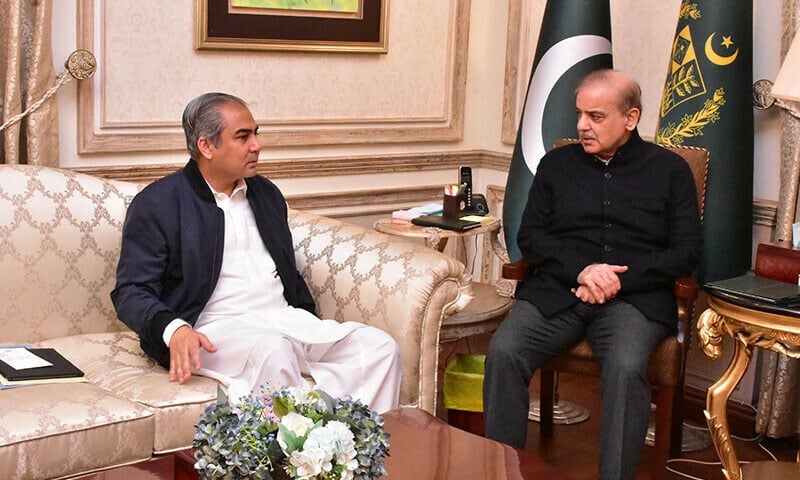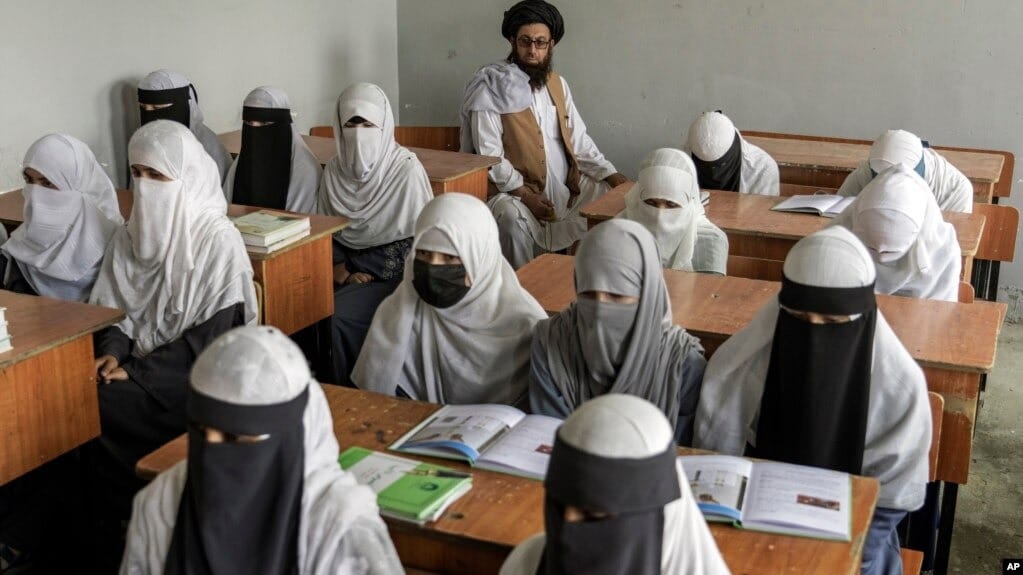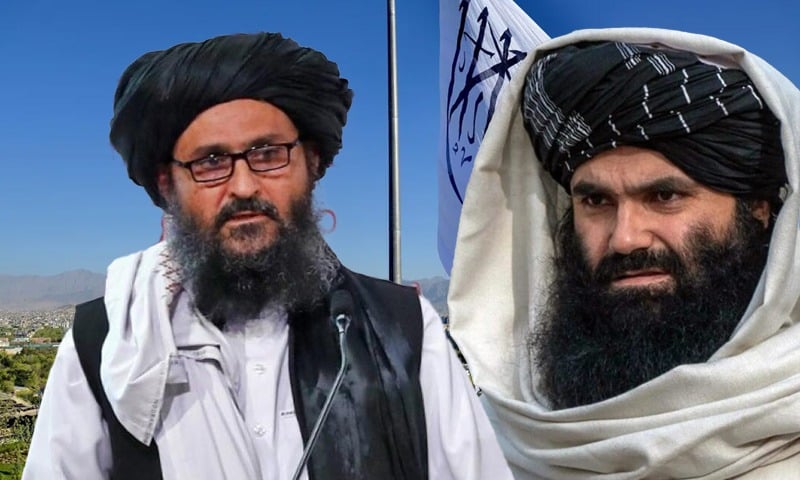The recent attack on the Federal Constabulary (FC) Headquarters in Bannu has once again brought into sharp focus the troubling nexus between the Tehreek-e-Taliban Pakistan (TTP) and the Afghan Taliban. For years, Pakistan has maintained that Afghanistan’s soil is being used for orchestrating and launching terrorist attacks inside its borders. Security sources have consistently indicated that almost 90% of the terrorist networks threatening Pakistan today are based across the border, with supply lines, safe havens, and training camps firmly entrenched in Afghan territory.
This is not a new problem. It is, however, one that has deepened since the Taliban takeover of Kabul in 2021. Despite repeated assurances from Afghan leadership that Afghan soil will not be used against any country, the reality tells a very different story. Time and again, evidence has been shared with the Afghan authorities, yet groups like the TTP and factions aligned with Hafiz Gul Bahadur continue to operate with impunity. The Bannu attack, like others before it, involved meticulous planning, heavy weaponry, and fighters with direct Afghan links.
The Afghan Refugee Factor
Complicating this security dilemma is the question of Afghan refugees in Pakistan. With more than 1.3 million registered refugees under the Proof of Registration (PoR) card and hundreds of thousands living undocumented, Pakistan has struggled to regulate this vast population. Deadlines for repatriation have come and gone, with government policies shifting frequently, sometimes promising strict action, other times signaling leniency. This inconsistency has emboldened many refugees to believe that they can indefinitely extend their stay.
Statements from leaders in Khyber Pakhtunkhwa, particularly the suggestion of granting citizenship to Afghan-born individuals, have only muddied the waters further. On the one hand, the federal government issues directives for refugees to return with dignity; on the other hand, provincial leadership expresses sympathies that resonate strongly with Afghan communities. Such mixed signals weaken policy implementation and, more critically, intersect directly with Pakistan’s counterterrorism challenges.
Terrorist Infiltration and Afghan Nationals
What has emerged as a grave new reality is the increasing involvement of Afghan nationals in attacks within Pakistan. Previously, the narrative was that the TTP leadership had relocated to Afghanistan following Pakistani military operations, but that this was an “internal problem” of Pakistan. Today, however, the evidence shows that Afghan citizens themselves are being recruited, trained, and deployed in attacks across the border. Post-operation identifications of dead militants have repeatedly shown a high proportion, sometimes 60 to 80 percent, being Afghan nationals.
This is no longer a Pakistani headache alone; it is also an Afghan problem. By allowing terrorist groups to recruit and thrive, Kabul not only undermines Pakistan’s security but also risks destabilizing its own internal order and international credibility.
The Anatomy of Attacks
The Bannu operation followed a now-familiar pattern: a vehicle-borne suicide bomber breached the perimeter wall, followed by heavily armed militants storming the facility. Their level of preparedness was chilling—armed not only with modern weaponry but also carrying dry fruits, energy drinks, and supplies to prolong a siege for hours or even days. This reflects both the sophistication of their planning and the vulnerabilities in Pakistan’s security infrastructure.
Despite the heroic resistance by Pakistani forces: army, police, and FC, the attack caused significant disruption, with roads sealed, cities paralyzed, and daily life brought to a halt. Every such attack demonstrates the need for stronger intelligence coordination, better weapons for frontline police in remote districts like Bannu, Tank, Waziristan, and Lakki Marwat, and greater synergy between civil and military institutions.
Shared Responsibility and Regional Stakes
The blame game between provincial and federal governments further weakens Pakistan’s ability to confront this menace. Counterterrorism is too vast a challenge to be left to any single institution—whether the army, police, FC, or civilian government. It demands collective will, joint ownership, and political consensus.
At the same time, Pakistan must push for serious and results-oriented dialogue with the Afghan Taliban. Mere exchange of allegations will achieve little. If the Afghan Taliban claim to control their territory, then they must demonstrate it by dismantling terrorist sanctuaries and handing over perpetrators to Pakistan. The headache of terrorism must not remain Pakistan’s alone—it must also be felt in Kabul, for without regional stability, Afghanistan’s own future will remain hostage to militancy.
The Way Forward
Pakistan has options and has used them in the past: pursuing militants across borders, striking hideouts, and increasing border fencing. Yet relying solely on military means risks widening rifts with Kabul. Instead, a dual strategy is needed: firm defense of our borders and sovereignty on one hand, and persistent diplomatic engagement with Afghan leadership on the other.
Afghanistan must realize that its stability, prosperity, and international legitimacy depend on addressing Pakistan’s security concerns. Repeated attacks not only strain bilateral ties but also derail regional initiatives like the China-Pakistan Economic Corridor (CPEC) and broader connectivity with Central Asia. Peace in Pakistan and Afghanistan is interlinked, and without mutual cooperation, both nations risk being trapped in cycles of violence and mistrust.
For the millions of Afghans who still seek livelihoods in Pakistan, the message must also be clear: respect for Pakistan’s laws and sovereignty is non-negotiable. Their future lies in a stable Afghanistan, not in perpetuating uncertainty in Pakistan.
In conclusion, terrorism is a shared regional challenge, but it demands Pakistan’s unity and Afghanistan’s responsibility. Our sacrifices: soldiers, police, and civilians, cannot go in vain. The choice is stark: either Afghanistan steps up as a responsible neighbor, or both countries remain locked in a destructive cycle. Pakistan has shown resilience, but resilience must now be matched with resolve, both at home and across the border.





